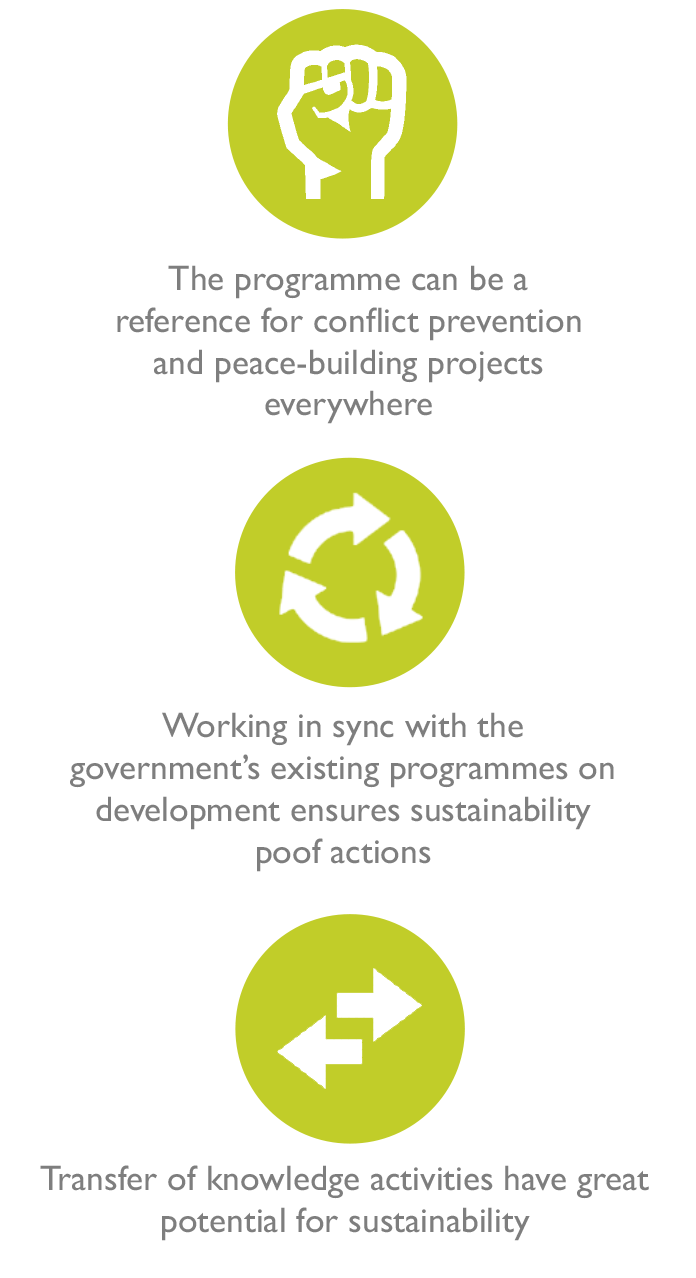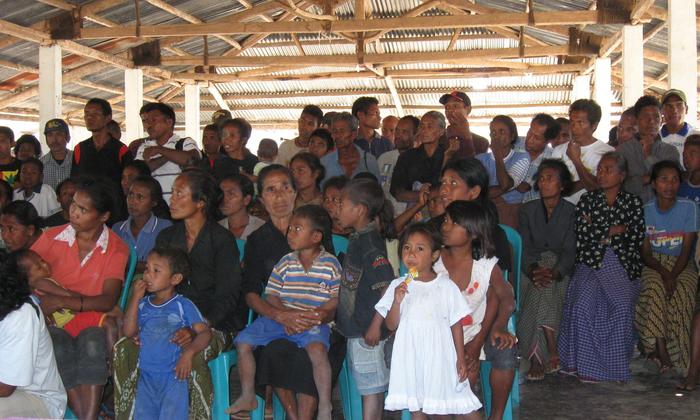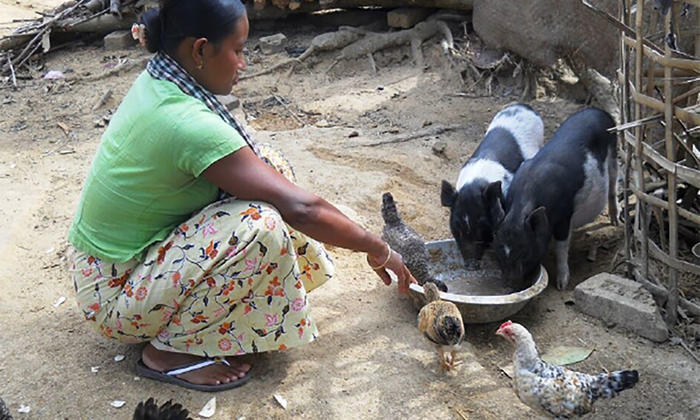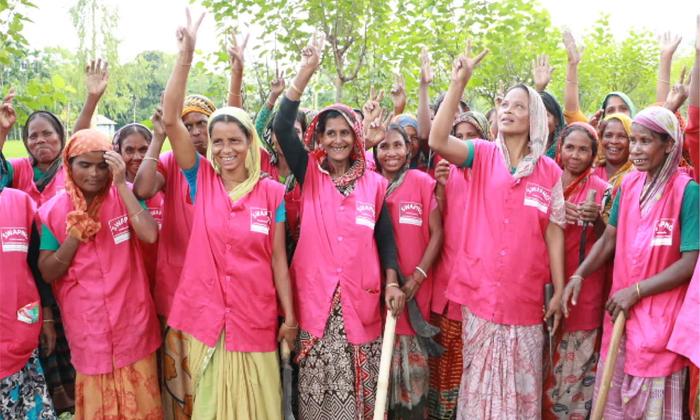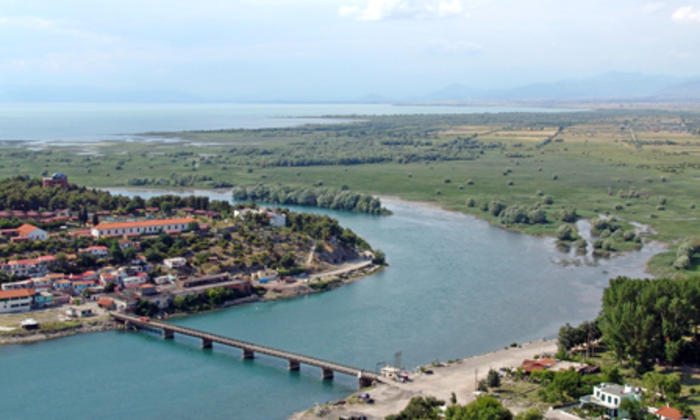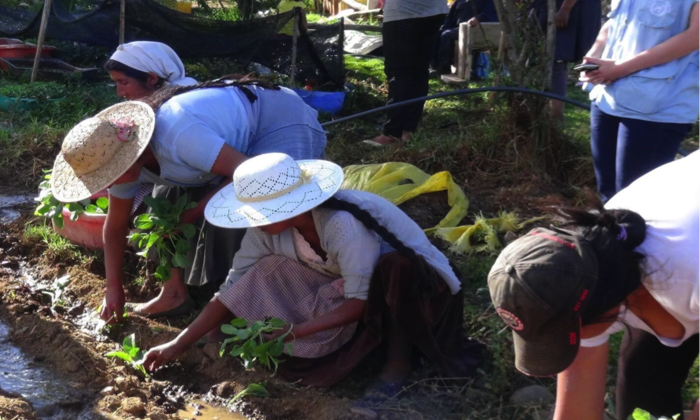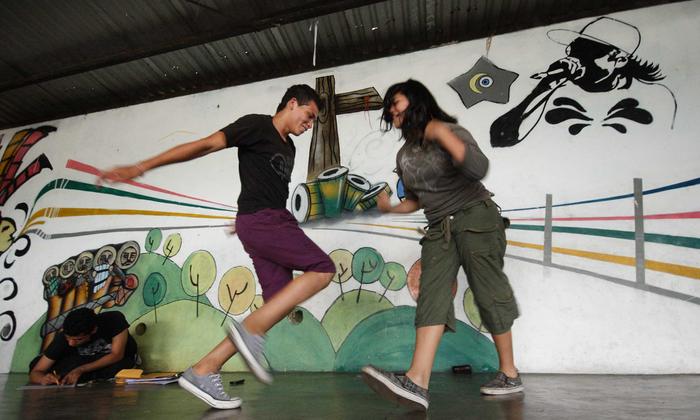Prolonged violence and drug trafficking have dramatically affected the population’s security and have led to more than 2.5 million victims of forced displacement in the last ten years
Case study
Peace-building in the department of Nariño in Colombia
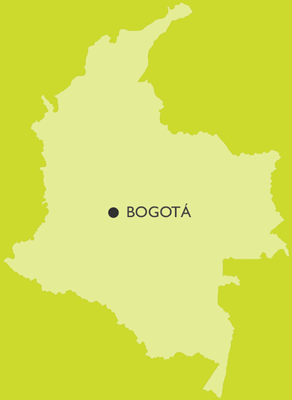
SDGs ADDRESSED
This case study is based on lessons from the joint programme, Columbia: Strengthening local capacities for peace-building in the department of Nariño
Read more
Chapters
Project Partners
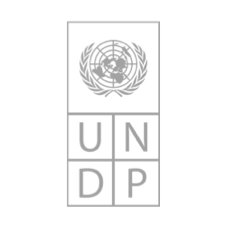
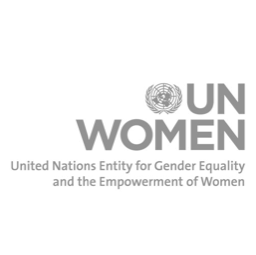
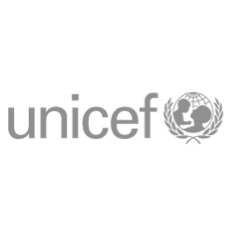
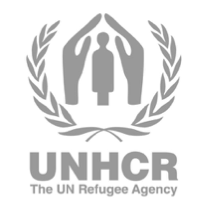
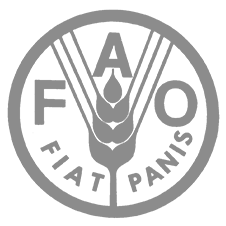
1. SUMMARY
The programme aimed to contribute to peace-building in Colombia through strategic initiatives that focused on (1) conflict prevention and management; (2) strengthening the rule of law; and (3) the recovery of livelihoods and promotion of socio-economic development. All of the actions sought to strengthen the capacities both of state institutions at the local level and of social organizations. The ultimate goal was to build peace based on governance, the guarantee and protection of the rights of communities and victims of violence, as well as food security and sovereignty.
The intervention focused on eight municipalities in the department of Nariño, three of which are in the sub-region of the Andean border with Ecuador and five in the sub-region of the north Pacific, or Sanquianga sub-region. These regions show rates of violence, poverty, and a concentration of illicit crops above the national average. In turn, the programme focused on three ethnic groups: the indigenous people of the Pastos, Afro-Colombian communities and the indigenous Eperara Siapidaara people.
Among other results, the strengthening of 101 local institutions and organizations to assist victims of armed conflict was promoted. This also led to the strengthening of community and indigenous councils in conflict management, through the implementation of crisis prevention programmes with an ethnic and gender focus. At the same time, food security initiatives were established based on 18 productive models of food security and income generation, which benefited 3,338 families belonging to the programme’s three ethnic communities.
The intervention was developed in a context where highly complex and dynamic environments exist, which are influenced by social, cultural, political, economic and environmental variables. The aim of this case study is to showcase learning, results and practical examples of this experience to reinforce knowledge about conflict prevention and peace-building programmes.
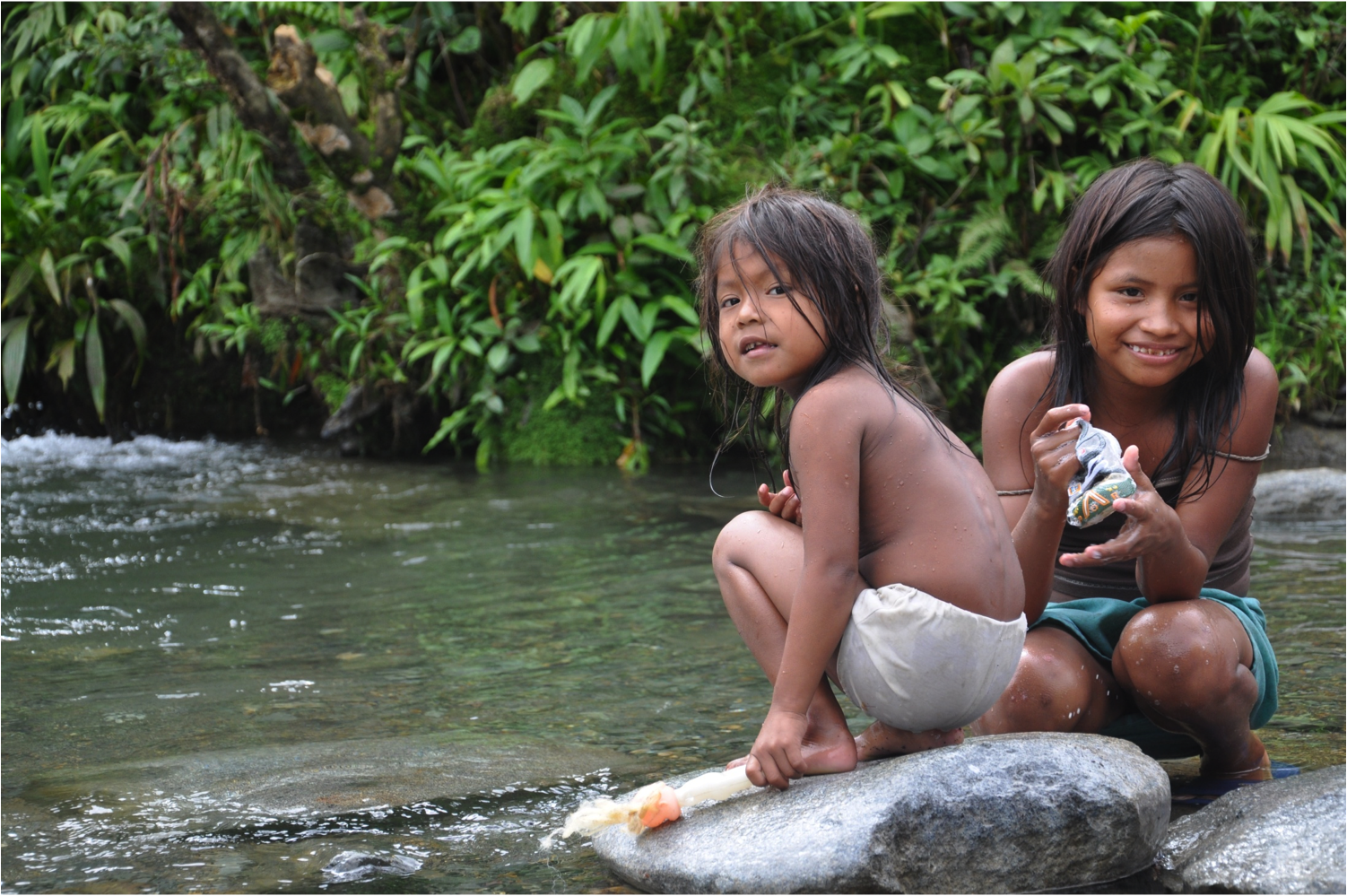
The intervention focused on three ethnic groups: the indigenous people of the Pastos, Afro-Colombian communities and the indigenous Esperara Siapidaara people
2. THE SITUATION
The prolonged state of violence and presence of the destructive drug trafficking business in Colombia are factors that have dramatically affected the population’s security and have generated a serious humanitarian situation, as evidenced mainly in the 2,504,740 victims of forced displacement over the last ten years.
Nariño, located in the southwest region of the country, bordering with Ecuador, is one of the areas most affected by this situation. In particular, the eight municipalities selected by the programme: El Charco, La Tola, Mosquera, Santa Barbara and Olaya Herrera (on the Pacific Coast) and Cumbal, Ipiales and Cuaspud (on the Andean border), show levels of violence and poverty above Colombia’s national average and these have worsened in recent years. This serious humanitarian situation that forces the displacement of millions of people, the presence of illicit crops, antipersonnel mines and widespread violence that particularly affects women, children and young people are among the main problems affecting the department.
UNODC's Illicit Crop Monitoring System 'SIMCI - 2007' indicated that there were 20,259 hectares of coca cultivated in the department, accounting for 20 per cent of Colombia’s national total. In terms of forced displacement, 253,950 people were registered in the Unidad Regional de Víctimas de Nariño [Nariño’s Regional Victims Unit] information system in 2013. Of this total, 50 per cent were women and 38 per cent were under the age of 18. This situation particularly affects indigenous and Afro-Colombian communities who face dynamics of armed violence and extractive economies in their territory, which put at risk both the reproduction of their material life and their entire cultural heritage.
3. STRATEGY
The programme was aligned with Nariño’s departmental government’s political and programmatic framework and was an active part in the territory’s ongoing theoretical and practical debate on how to build peace from a conflict analysis taking into account its social, economic and cultural aspects. The strategy revolved around three main areas:
- Strengthening public entities and social organizations with the capacity to implement the crisis prevention and conflict transformation processes with a gender and ethno-cultural perspective.
- Ensuring that victims of violence are aware of and have access to state services and resources that guarantee their dignity and protection of their rights.
- Creating productive systems that generate income and efficiently contribute to the inclusion of society’s displaced persons, with emphasis on their nutrition and food security.
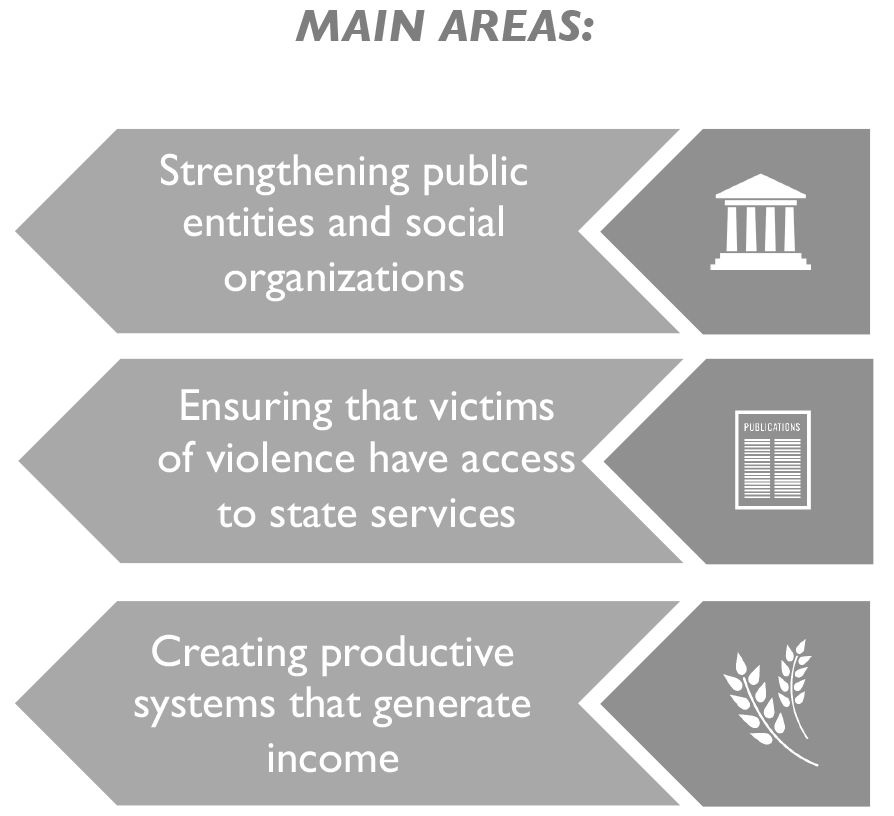
4. RESULTS AND IMPACT
The programme strengthened public entities and social organizations in the implementation of crisis prevention and conflict resolution processes. Among other results, 217 public officials were trained in the protection of human rights and crisis management through a diploma in agreement with the Universidad Abierta y a Distancia (UNAD) [Open and Distance University]. The capacity to prevent and to treat victims was increased through raising awareness of Law 1448/2011 on Victims and Land Restitution, and the construction of seven pathways of care for victims.
The intervention contributed to the design of the Departmental Strategy for the Protection of the Rights of Children, Adolescents and Young People in contexts of armed conflict and violence, planned for 12 years, and institutionalised in the eight municipalities. Support was also given to the participatory formulation of Public Policy on Gender Equality in the municipality of Ipiales. As a result of the political influence of this policy, the Municipal Administration created the Office of Women. The Ministry of Gender Equality of Nariño was also created as a result of the Governor of the Department’s political orders, and also from the influence of the Departmental Women's Bureau and of some Municipal Committees. The programme contributed to the creation and operation of these committees throughout its implementation.
Meanwhile, support was given to the creation of Territorial Action Plans and a Departmental Action Plan to assist victims of armed conflict and to the creation of seven Transitional Justice Committees (a participatory body that monitors the implementation of care plans for victims and operates as an interlocutory agency with national and regional institutions responsible for the implementation of the law on the reparation and restitution of land to victims). The indigenous community Eperara Siapidaara’s Safeguarding Plan was presented to these committees and to the Unidad Nacional de Atención y Reparación Integral a Víctimas [National Care and Integral Reparation Unit for Victims] for its implementation.
Seven Integral Single Plans for Displaced Populations were developed, which were incorporated into development plans and regional care plans, designed in coordination with local authorities, and developed jointly with the Regional Unit for Victim Care in Nariño. Five practical protection projects were implemented in response to actions defined in reference to the integral plans.
The programme also strengthened the peoples’ capacity to protect themselves, to recover cultural traditions and develop mechanisms for intercultural dialogue and participation in public policy-building scenarios within the framework of a social rule of law. To this end, a document on the Life and Action Plan of the Eperara Siapidaara People was updated with information on their rights and intercultural dialogue. Four Indigenous Pastos Councils (Chiles, Cumbal, Carlosama and Ipiales) also adjusted their internal regulations and validated the Pastos Life Plan. The Development Plan was created in 16 Community Councils with practical local development actions.
The programme strengthened the peoples’ capacity to protect themselves, to recover cultural traditions and to develop mechanisms for intercultural dialogue and participation in scenarios for the construction of public policies within the framework of a social rule of law
At the same time, 259 women obtained a diploma in "Gender Equality for Local and Regional Development." The Gender department of the Government was put in charge of continuing this training process and extending it to other municipalities in Nariño. In addition, 287 women participated in dialogue spaces to share their expectations in the implementation of the departmental public policy on Gender in their municipalities, and thanks to their contributions, the incorporation of new actions in department and municipal government plans was achieved.
The programme also resulted in victims of violence receiving education in their rights and accessing state services and resources that guarantee their dignity and protection. The Regional Victims Unit of Nariño was strengthened through the provision of care teams for victims of the armed conflict. The capacity of the Provincial Attorneys of Ipiales and Tumaco was strengthened by supporting the displaced population and holding decentralized training days to disseminate and share knowledge of the Attorney General's functions in the municipalities and for the identification and follow-up of cases of violation of victims’ rights.
In regards to creating safe environments, an educational institution was rebuilt with a cafeteria and residence for 110 children in remote areas of San Juan Mayesquer (Cumbal) away from the urban centre. There, 302 children between 8 and 14 years of age were educated in children's rights. Vereda La Magdalena’s Cultural and Humanitarian Centre, in El Charco, was improved to provide shelter in emergency situations, and was occupied by about 350 families who were victims of forced displacement. Community councils were strengthened through the construction of administrative headquarters (Government Houses) for the traditional authorities of the Afro-Colombian communities, who are leading the processes of defending the collective rights of El Charco. In the municipality of Santa Bárbara, the construction of a safe house was carried out, which was called "Semillero de Esperanza" [Seedbed of Hope], with capacity for 45 children affected by extreme poverty and forced displacement.
In selected strategic areas, diversified productive systems were established that efficiently contributed to the early recovery of victims of violence, with an emphasis on achieving food security and generating income. Three productive systems were established in which 1,327 families from the three ethnic communities participated for the recovery of traditional productive practices. The provision of seeds and the development of these activities had a very positive socio-economic impact in the communities, which also contributed to social cohesion. Additionally, 844 women and 493 young people benefited from the provision of seed capital for the creation of productive projects (fish farming and minor livestock projects, sweets and jams, handicrafts, dressmaking, agro-ecological products such as organic manure, bakeries and ecological tourism). Previously, these women also received education in productive enterprises.
The strengthening of 101 local institutions and organizations to assist victims of armed conflict was promoted
As a result of this experience, the Field Schools for Farmers teaching model was strengthened. 612 young people from the Los Pastos indigenous people graduated in productive entrepreneurship and leadership. In order to take advantage of the knowledge generated, a virtual platform called “Window of Opportunities” was created, with information on opportunities for respectable work and entrepreneurship. As of the programme’s closing, an average of 750 youth had already benefited from this platform. Aside from all these productive initiatives, La Victoria’s Communal Council Community, in Olaya Herrera, improved a rice processing plant that will increase this community’s food security and income-generating capacity.
The programme also carried out the necessary paperwork with the Agrarian Bank for the granting of 230 loans worth 1,944 million pesos (about US$ 665,000) to members of the Asociación de Consejos Comunitarios y Organizaciones Étnico-Territoriales de Nariño [Association of Community Councils and Ethnic and Territorial Organizations of Nariño] (ASOCOETNAR). Concurrently, the Government of Nariño constituted the Agricultural Guarantee Fund worth 291 million as collateral for the loans granted.

5. CHALLENGES
- Although the participation of different United Nations agencies proved to be a very effective multidimensional methodology in terms of results, a joint administrative agenda should be established to define shared channels and procedures to reduce costs and manage more efficiently. It must be ensured that, from the outset, the programmes have a well-defined communication strategy between the stakeholders that allows them to transmit to all the addressees an understanding beyond specific promotional events.
- Although the programme design document was the result of a highly representative and participatory process that identified and responded to Nariño's major peace-building needs, it was too ambitious in both its objectives and its outcomes and activities. It did not take into account factors such as the extension of territory or the multiplicity of stakeholders. However, the logical framework was a planning tool that ensured consistency between objectives, outcomes and activities. Although the established system of indicators allowed the progress in activities, outputs and outcomes to be measured, it did not establish a baseline. What it did was provide an initial diagnosis in which data was not updated or verified during the launch of the programme.
- The complexity of working for peace-building in an armed conflict context with very high levels of intensity limited the effects of the programme, which, although evident and many of them tangible, require a much broader time frame of action to consolidate new cultural, social and economic paradigms. On the basis of this premise, it can be affirmed that important changes were made that point to the strengthening of democratic institutions, the peaceful transformation of conflicts and the promotion of coexistence and reconciliation in a positive manner.

6. LESSONS LEARNED
- The programme constitutes a successful example of the capacity and impact of the UN when its agencies work in a coordinated multidimensional way. Each agency contributed its own knowledge and experience. However, in order for the intervention to be successful it is very important for the roles of the different agencies to be made clear and for agreements to be established around the common objectives, thus providing mutual learning for the agencies and linked institutions.
- The programmes’ design is important. In those programmes where conflict phenomena are addressed, the viability of strategies cannot be taken for granted. The designs generated from central offices, without a prior understanding of the real situation, lead to problems of implementation that will most likely require reformulation. Conducting a diagnosis prior to the intervention is vital in order to know the strengths, weaknesses, opportunities and threats that the context offers in order to prevent violence and build peace. Accurate information is key to the development of sound public policy and decision-making.
- It must be ensured that the programmes’ designs avoid actions that are substitutive to those of the Government. On the contrary, actions should be aimed at strengthening public institutions and creating synergies between different stakeholders.
- The communities’ participation in the planning and implementation processes allow for the ownership of those processes and their sustainability. The involvement and sensitisation of all the parties involved was key to getting support and making alliances with the municipalities. It is important to respect and properly plan the different processes and use of each party’s time to avoid the overload of activities.
- In communities with a high level of internal conflict or conditions of high marginalization and poverty, a set of beneficiaries (e.g. displaced persons) cannot be selected beforehand that excludes the rest of the community. The intervention has to benefit the entire community or, alternatively, beneficiaries have to be selected through institutions of community representation.
- The programme governance model should include a limited number of members in each committee to facilitate consensus-building and operational decision-making, as well as to clearly define the roles of each body to avoid duplication.
- Taking into account the gender approach in development programmes with actions and percentages of specific budgets ensures the real application of transversality and, therefore, improves the effectiveness of the actions carried out. When working with ethnic and Afro-Colombian groups, the aforementioned strategy should include specific measures that allow the focus to be grounded in cultural sensitivity.
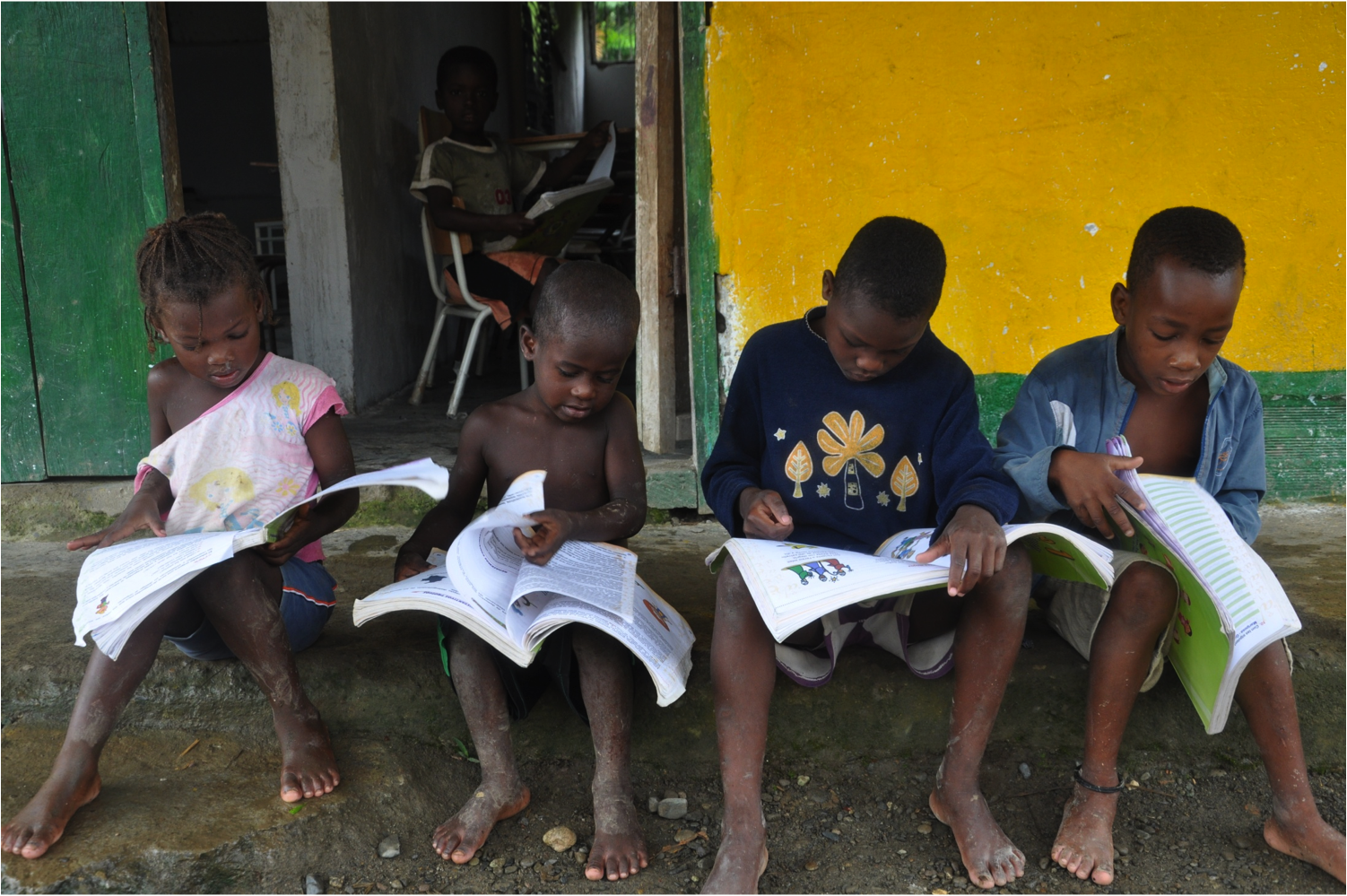
Beneficiaries were educated in children’s rights and gained access to national services in order to guarantee their dignity and protection
7. SUSTAINABILITY AND POTENTIAL FOR REPLICATION
The promoted practices can be a reference for the rest of the conflict prevention and peace-building projects that are carried out in Colombia, and also for other countries. One of the programme’s great successes was to insert itself in the department’s existing development rationale, which ensures a high degree of sustainability of the actions. In addition, sustainability was an inherent part of the programme in that it sought to strengthen the capacities of civil society. The transfer of knowledge to organizations and institutions, through different methodologies (training, educating trainers, delivery of materials, etc.) was one of the strategies with the greatest potential for sustainability.
At the same time, through the Department’s Secretariat of Gender Equality and Social Inclusion, the region’s components of gender equality will continue through the services of care for women victims of violence and the expansion of Municipal Women’s Committees. Following the intervention, UN Women continued to provide technical assistance in the Government department that works on gender and, in agreement with UNICEF, continuity will be given to the Development of the Departmental Strategy for the Protection of the Rights of Children, Adolescents and Young People.
